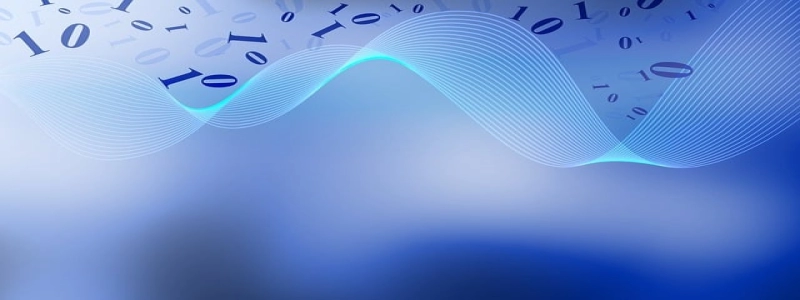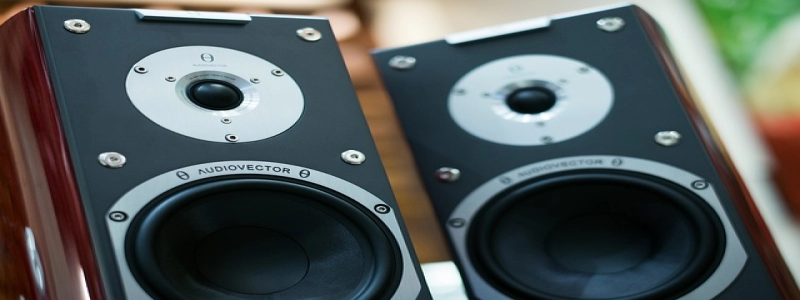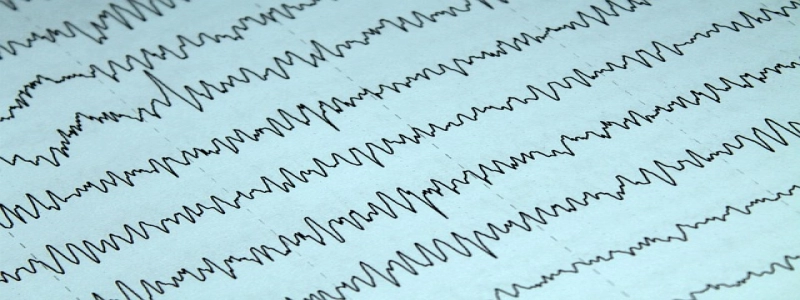CAN Transceivers
Introduction:
CAN (Controller Area Network) transceivers are electronic devices used for communication between various components of a network. This article provides an in-depth explanation of CAN transceivers, their features, and their applications.
I. Definition and Function:
1.1 Definition:
A CAN transceiver is a component that facilitates the transmission and reception of data over the CAN bus. It converts the digital signals from the controller or microcontroller into physical analog signals suitable for transmission over the network.
1.2 Function:
CAN transceivers perform two main functions:
– Transmitter Function: Converts the digital signals from the controller into analog signals suitable for transmission over the network.
– Receiver Function: Converts the received analog signals into digital signals for further processing by the controller.
II. Features:
2.1 High-Speed Communication:
CAN transceivers support high-speed communication, allowing for rapid transmission of data over long distances.
2.2 Robustness:
CAN transceivers are designed to operate in harsh environments with high levels of electromagnetic interference and voltage fluctuations. They are capable of maintaining reliable communication even in challenging conditions.
2.3 Low Power Consumption:
CAN transceivers consume minimal power, making them suitable for battery-operated devices and applications.
2.4 Error Detection and Correction:
CAN transceivers incorporate error detection and correction mechanisms to ensure accurate and reliable data transmission. These mechanisms help identify and correct any errors that may occur during transmission.
III. Applications:
3.1 Automotive Industry:
CAN transceivers find extensive use in the automotive industry for communication between components such as the engine control unit, sensors, and actuators. They enable efficient and reliable data transmission, contributing to improved vehicle performance and safety.
3.2 Industrial Automation:
CAN transceivers are widely employed in industrial automation systems for communication between various devices and control systems. They facilitate real-time data transfer, enabling seamless integration and efficient control of industrial processes.
3.3 Medical Devices:
CAN transceivers are utilized in medical devices to enable communication between different components such as sensors, monitors, and control units. They ensure quick and accurate data transfer, aiding in patient monitoring and diagnosis.
3.4 Home Automation:
CAN transceivers are also used in home automation systems to connect and control various smart devices. They help establish a reliable and secure communication network within the home, allowing for seamless control and automation of various functions.
Conclusion:
CAN transceivers play a vital role in the communication between different components of a network, enabling efficient and reliable data transfer. With their high-speed capabilities, robustness, low power consumption, and error detection mechanisms, they find applications in various industries, including automotive, industrial automation, medical devices, and home automation.








